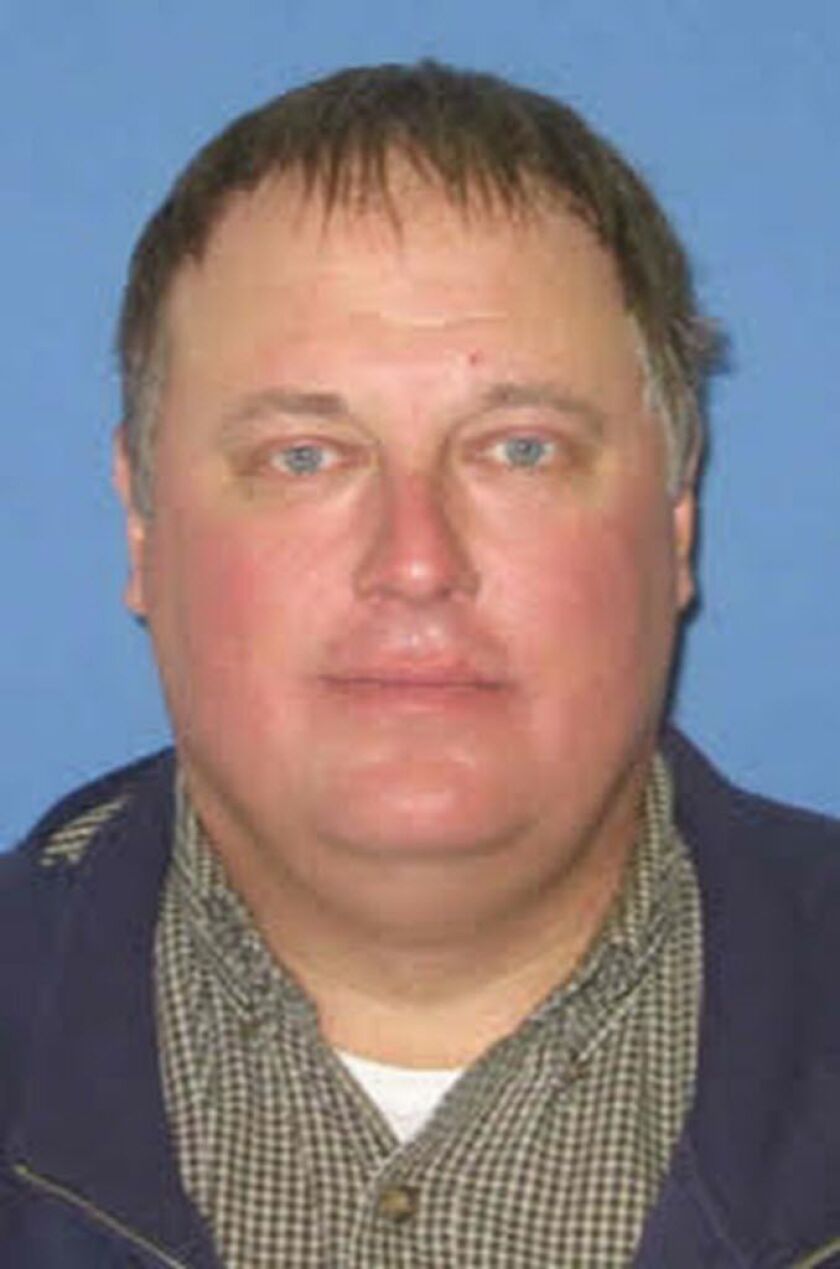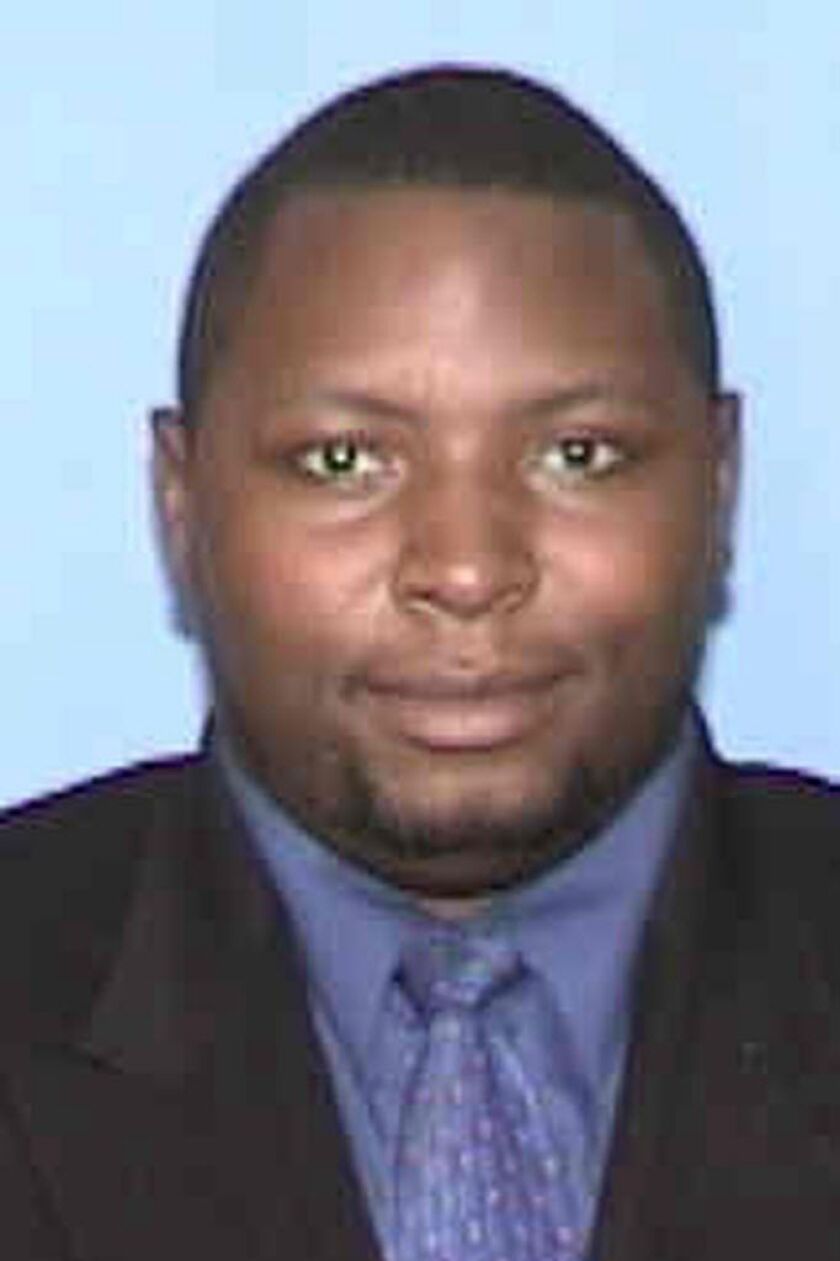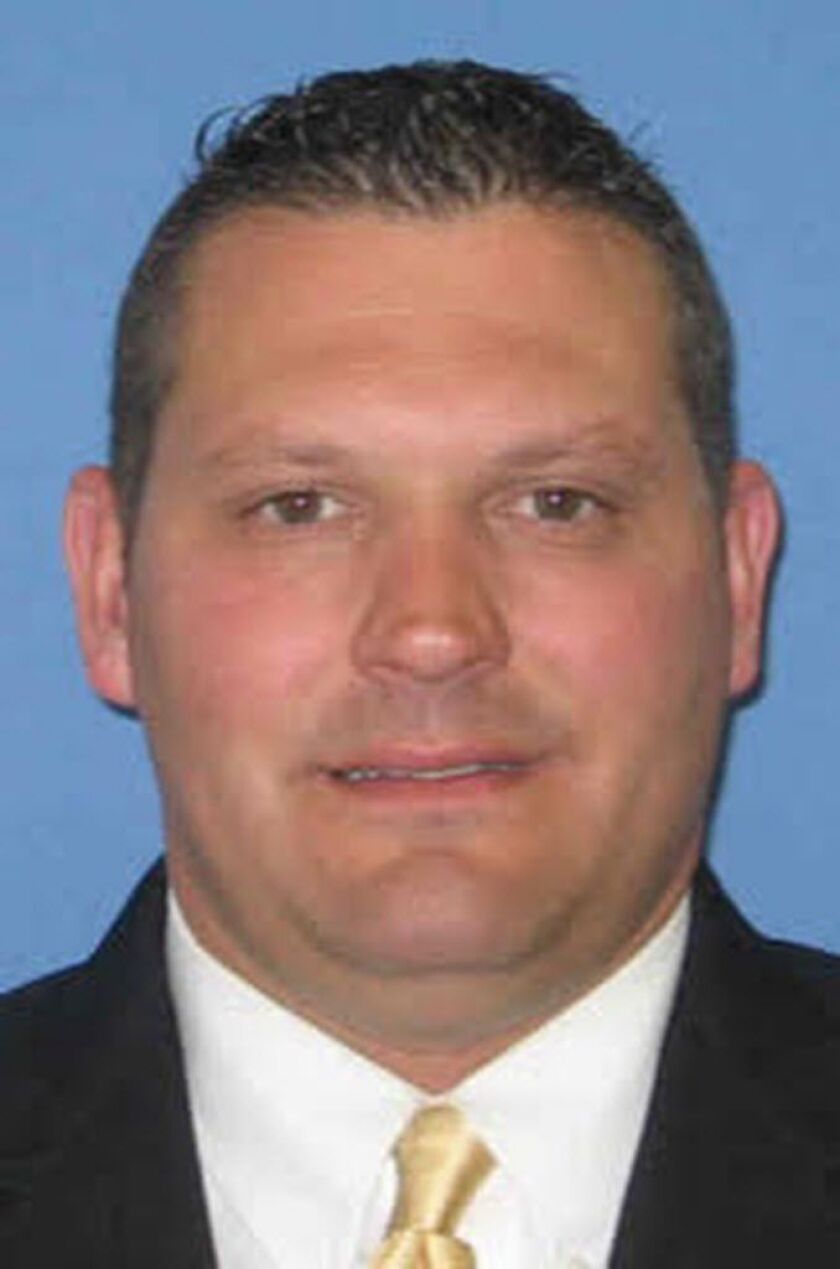The Cook County medical examiner’s office routinely fails to send investigators to the scene of suspicious deaths, a Chicago Sun-Times investigation has found, despite being required by law to do so.
Over the past three years, the medical examiner’s investigators have gone out on fewer than one in five cases.
Investigators from the county agency didn’t go out, for instance, in the high-profile and contentious cases of Laquan McDonald, Quintonio LeGrier and Bettie Jones — each of them shot to death by Chicago police officers under circumstances that resulted in multimillion-dollar settlements from City Hall. The shooting of McDonald also resulted in Officer Jason Van Dyke being charged with murder.
Investigators were sent to the scenes of 2,869 deaths in Chicago and suburban Cook County, according to a Sun-Times analysis of the more than 15,000 cases the medical examiner handled between August 2014 and October 2017. No one went out in the cases of 12,303 other deaths — including most homicides and accidents in the city and suburbs.
During that three-year span, the office has gotten at least one new death investigation every day, records show, sometimes as many as 31.
Yet there were 130 days when no one from the medical examiner’s office went to the scenes of any death, including cases that were found to be homicides, suicides and accidents, as well as deaths that were ruled to be from natural causes.
Based on records the medical examiner provided in response to a public records request, the Sun-Times also found:
• The medical examiner’s investigative team — which has people on duty every day around the clock — showed up at 56 percent of the suicides in Cook County during the period and 23 percent of the homicides.
• How and why investigators decide to visit a death scene appears to be inconsistent, decided on a case-by-case basis during each shift.
• One investigator went to the scenes of 36 percent of the 1,036 deaths assigned to him, more than anyone else in the office. A colleague with a slightly higher caseload went out 10 percent of the time.
• Investigators made scene visits at nearly 20 percent of deaths in Chicago. In the suburbs, scene visits ranged from none in Phoenix to more than 40 percent of the deaths in 75 other suburbs, such as nearby Riverdale, where investigators examined 18 of 44 scenes.
• The medical examiner’s office has taken disciplinary action in the past three years against seven investigators for failing to meet agency standards for visiting death scenes. They are required to visit one death scene a month.
A Cook County ordinance requires the medical examiner’s office to go to the scenes of all suspicious deaths — homicides, suicides, even those of older people found on the floor of their own homes who turn out to have died of natural causes.
But doing so would be far too costly, officials say. The medical examiner’s office — which comes under the authority of Cook County Board President Toni Preckwinkle — says it would need “more than 100 investigators” to go to the scene of every suspicious death. It has 27. Preckwinkle aides say there’s no money to hire more.
They also say they don’t interpret the county ordinance as mandating a visit to each scene, though it spells out that the agency “shall” do so.
County officials say they’re trying to increase the minimum number of scene visits required of each investigator beyond the current one per month.
That’s part of a broader effort to improve standards in an agency with a long history of patronage hiring that saw a major overhaul in 2012 after revelations that the walk-in coolers in the county morgue were overflowing with corpses and bodies were lined in the hallways at the West Side facility.
County officials say they know of no instances in which the absence of scene visits compromised the work of the agency’s pathologists or death and criminal investigations by police departments that rely on the medical examiner to determine how people died.
They say the medical examiner’s staffing levels meet standards recommended by national trade groups including the National Association of Medical Examiners.
They acknowledge the value of getting investigators out, describing them as the “eyes and ears” of pathologists and saying their visits to the scenes of deaths can provide important perspective to those doctors — whether it’s by going through medicine cabinets to check on a deceased person’s prescriptions or eyeballing the position of a body, which can help explain how someone died.
The position of the body has been a key issue in the death of a Chicago cop, Sgt. Donald Markham, found on his bed, shot in the head, at his Northwest Side home in September 2015. The medical examiner’s office didn’t send an investigator to Markham’s home the morning his body was discovered because, county officials said, the police didn’t notify the agency until the body already was headed to the morgue, driven by cops in a police wagon.
The police have said they did call before Markham’s body was removed.
According to records from the city’s 911 emergency center, less than an hour after Markham’s wife, Officer Dina Markham, called 911, someone notified a person named Pratt at the medical examiner’s office. Justin Pratt was the medical examiner’s investigations supervisor on duty, records show, but the medical examiner says Pratt never got that call.
The county ordinance bars the removal of a body from the scene of a violent or suspicious death without permission from the medical examiner except under limited circumstances.
The medical examiner’s office usually is notified by the police, officials say, but also wasn’t notified of the LeGrier shooting in time to go there before the body was moved.
Dr. Steven White of the medical examiner’s office and the police determined Donald Markham’s death was a suicide.
But another pathologist, enlisted by the FBI based on a tip to look into the death, examined the records of the case last year and concluded that Markham was most likely a murder victim.
Part of the reasoning was the position of Donald Markham’s body after death, according to Dr. J. Scott Denton, a Bloomington pathologist brought in by the FBI who once was interim chief of the Cook County medical examiner’s office. Denton wrote that “the position of the gun in his right hand that is at the left side of his body . . . appears to have been manipulated after his death.”
In December, the FBI presented its findings to the medical examiner’s staff, which has stood by its ruling.
The city of Chicago’s inspector general has an ongoing investigation that sources have said is looking into whether police botched the case or rigged the crime scene.
It can be especially important for medical examiner’s investigators to visit the scenes of police-involved shootings because “it helps to have a ‘neutral’ agency” involved, if for no other reason than to avoid “the appearance of bias,” according to Dr. Brian Peterson, the Milwaukee County medical examiner and a past president of the National Association of Medical Examiners.
In Cook County and throughout Illinois, the law requires the county medical examiner or coroner to send someone to such scenes — as well as all other violent or otherwise suspicious or “unknown” deaths. But there appears to be no penalty for ignoring the ordinance that applies to Cook County, the only county in Illinois with an appointed medical examiner, or the statute that applies to the rest of the state’s counties, which all have elected coroners.
Cook County officials say medical examiner’s investigators go out to more death scenes than they did a few years ago.
“In early 2012, the investigations unit went to 60 scenes a year,” says Frank Shuftan, a Preckwinkle spokesman. “That increased to 60 scenes a month in 2014. Since 2015, the number is around 100 scenes a month.”
Most cases are opened and closed in one day, so investigators face little or no backlog when they start a shift, according to county officials, who say investigators might also collect information from police and relatives by phone, as well as obtain medical records.
“An investigator can spend anywhere from 15 minutes to several hours on a case,” says Becky Schlikerman, another Preckwinkle aide, adding the position is not a law enforcement job.
Christopher Kalka, a former member of the New Orleans Police Department’s public integrity unit, oversees the medical examiner’s investigators as the $94,734-a-year chief of investigations. Most of the investigators were hired before Kalka started in March 2015.
A few of the investigators previously worked for coroners outside Cook County. Many worked for police departments. Some have faced disciplinary problems at their current or past jobs, according to records that show:
• Jerold J. Rodish, a friend and neighbor of former Chicago Ald. Edward Vrdolyak, landed a job with the medical examiner’s office at the end of 2012, a few years after the Cicero Police Department fired him from his post as commander for failing to disclose his arrest record on his employment application. He was also the subject of lawsuits accusing him of sexual harassment and excessive force, cases the suburb settled for a total of more than $1 million.
Following his firing, Rodish worked part-time as a security officer at Chicago’s George Washington High School on the East Side, but he was fired within less than two weeks — also for failing to disclose his conviction.
Rodish — a former laborer for the Chicago Department of Streets and Sanitation who is the son of a retired Chicago cop — was suspended for a day from the medical examiner’s office for an incident in which he hung up on a reporter. He was reprimanded over another incident in which he made “disrespectful and potentially incendiary comments that questioned” a supervisor’s “authority.”
Paid $53,250 a year, Rodish went to the scenes of under 14 percent of his 821 cases between August 2014 and October 2017.
• Anthony King, an investigator since 2011 now drawing a $59,463-a-year salary, previously worked as a counselor at a child care center. He got a one-day suspension from the medical examiner’s office after a surveillance camera showed him sleeping on the job while he was the night-shift supervisor last Aug. 24. He previously had been suspended for sleeping on duty several years earlier.
King previously has faced disciplinary action for cases including one involving his approval of a report submitted in 2015 by investigator Kaiulana Henderson even though it “lacked basic information as to why this was a [medical examiner’s] case, reason for hospital admission and a request for hospital records” on a man who died from pneumonia at a hospital.
King investigated 464 deaths in the past three years, visiting the scenes of about 21 percent of them.
• Henderson, who had been managing a women’s clothing store when she found work as a medical examiner investigator aide in 1999, was suspended for submitting the inadequate three-sentence report that King approved.
Henderson, who is paid $80,980 a year, didn’t visit any death scenes in February, April or May of last year and was reprimanded for failing to do so in May.
She also received a reprimand after clocking in late for a shift as night supervisor, then heading back to her car for more than 90 minutes.
Henderson investigated 224 cases in three years, visiting fewer than 5 percent of the scenes.
• Johnnie Kearney Jr., an investigator since 2004 who previously worked as a public safety supervisor at Jackson Park Hospital, was reprimanded over a plastic bag of bones found at a hospital construction site and brought to the medical examiner’s office by a Chicago cop in July 2015.
As shift supervisor, Kearney was found to have failed to properly document the incident, which resulted in the cop tossing the bones in a garbage can, where they were later retrieved by the cleaning staff.
Kearney, who makes $78,994 a year, was assigned to 141 death investigations in three years, visiting fewer than 20 percent of the scenes.
• Lawrence Santoro Jr. went to more death scenes than anyone else on the investigative team — more than 36 percent of the 1,036 cases assigned to him.
A medical examiner’s investigator since 2012, Santoro previously worked as a security guard, a prison guard in Arizona and a detention officer for the Berwyn Police Department, a job he resigned from three days after he had reportedly left a prisoner unattended and was facing discipline. When a police officer asked Santoro where he had been, he reportedly said, “I was f—— relaxing.”
The medical examiner has punished Santoro for infractions including: threatening to throw his supervisor “out of a window” during an argument over whether to conduct a scene visit; yelling at a co-worker; failing to document medication in a suspected suicide; using a county vehicle for personal business; and sending Tweets “deemed as detrimental” to the medical examiner’s office.
Santoro, whose salary is $59,028 a year, and his colleagues belong to the American Federation of State, County and Municipal Employees. The union’s contract with the county covers everything from wages and benefits to discipline — with starting salaries in the range of $40,000 to $60,000, eligibility to collect taxpayer-subsidized pensions and guidelines that make it difficult to fire people.
The contract — approved by the Cook County Board and signed by Preckwinkle in April 2016, two weeks after her campaign recorded a $5,000 contribution from the union — says “discipline shall normally be progressive and corrective.”
Neither Santoro nor any of his colleagues who have gotten into trouble have been certified by the American Board of Medicolegal Death Investigators. County officials say they aim eventually to have all investigators certified.
They also say they plan to propose changes to the county ordinance governing the medical examiner’s office but wouldn’t go into detail.
Since the medical examiner’s office doesn’t visit every death scene, county officials say they’ve set standards, going back years, guiding the agency on when to go out and making it mandatory for 11 specific manners of death — including suspected suicides, deaths in police custody and carbon monoxide poisonings.
Despite those rules, the Sun-Times found that the investigators still don’t visit all of the deaths in those categories.
Contributing: Jacqueline Campbell, Tanveer Ali













